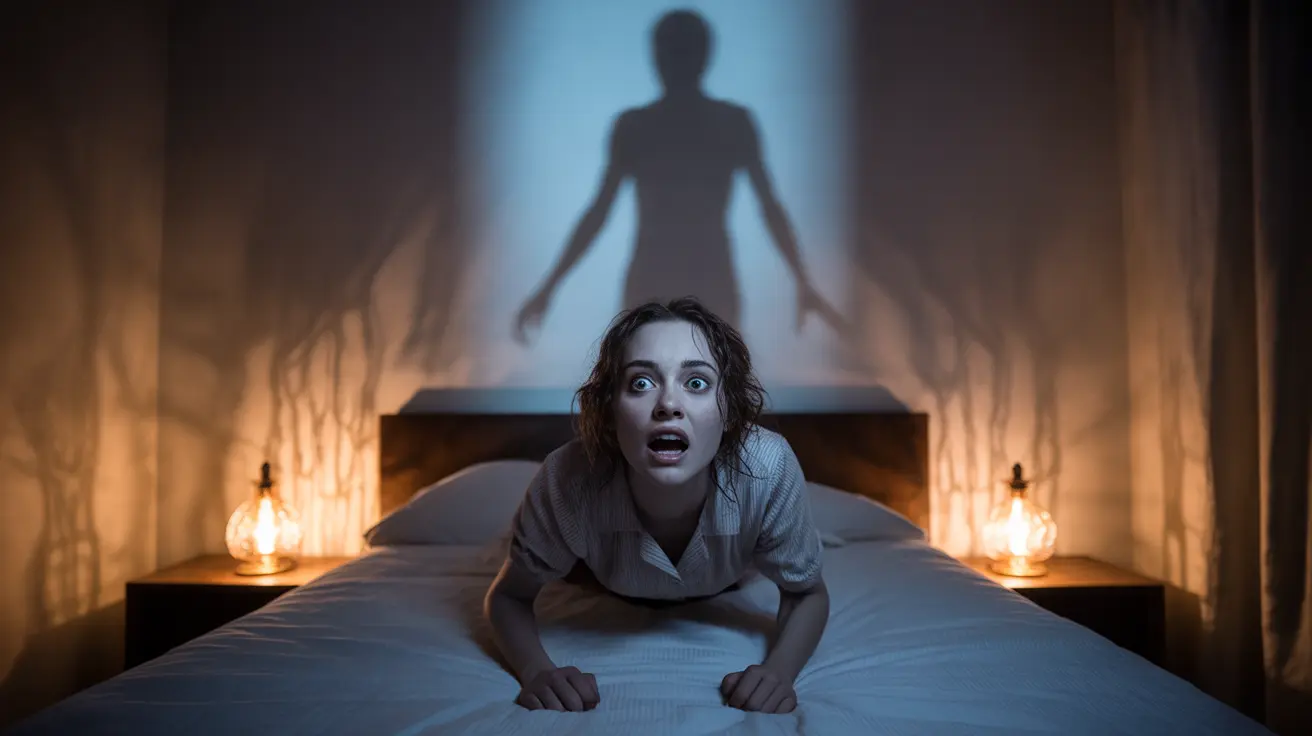Sleep paralysis demons are vivid and often terrifying hallucinations that can occur during episodes of sleep paralysis, a temporary condition where someone is conscious but unable to move while transitioning between sleep and wakefulness. These unsettling experiences have been reported across cultures throughout history, leading to various supernatural explanations and cultural interpretations.
While these apparitions can feel intensely real and threatening, understanding the scientific basis behind sleep paralysis demons can help demystify these experiences and reduce the fear associated with them. Let's explore what causes these hallucinations, their common characteristics, and ways to manage them effectively.
The Nature of Sleep Paralysis Demons
Sleep paralysis demons typically manifest as shadowy figures, presences, or entities that appear during episodes of sleep paralysis. These hallucinations often take the form of dark, menacing figures that may seem to watch, hover over, or even sit on the chest of the person experiencing the episode. While these visions can be extremely frightening, they are actually natural phenomena related to the brain's sleep-wake transition process.
Common Manifestations and Sensations
During these episodes, people frequently report experiencing:
- A sense of an evil or threatening presence in the room
- Visual hallucinations of shadow figures or supernatural entities
- Feeling of pressure on the chest or throat
- Difficulty breathing or a sensation of suffocation
- Intense fear or panic
- Auditory hallucinations such as footsteps or voices
The Science Behind Sleep Paralysis Demons
Sleep paralysis demons occur due to a disconnect between the brain's sleep and wake states. During REM sleep, the body naturally becomes paralyzed to prevent acting out dreams. When consciousness returns before this paralysis wears off, the brain may continue producing dream-like imagery while the person is aware of their surroundings, resulting in these haunting hallucinations.
Risk Factors and Triggers
Several factors can increase the likelihood of experiencing sleep paralysis and associated demon hallucinations:
- Irregular sleep patterns or sleep deprivation
- High levels of stress and anxiety
- Sleeping on your back
- Mental health conditions such as PTSD
- Certain medications or substances
- Family history of sleep paralysis
Prevention and Management Strategies
While sleep paralysis demons can be frightening, there are several effective ways to reduce their occurrence and manage the experience:
Lifestyle Modifications
Making certain changes to your daily routine can help prevent episodes:
- Maintain a consistent sleep schedule
- Practice good sleep hygiene
- Reduce stress through relaxation techniques
- Consider sleeping on your side instead of your back
- Avoid caffeine and alcohol before bedtime
During an Episode
If you experience a sleep paralysis demon, try these coping strategies:
- Focus on making small movements, like wiggling your toes or fingers
- Remember that the experience is temporary and harmless
- Keep your eyes closed if you're prone to visual hallucinations
- Practice calm, steady breathing
Frequently Asked Questions
What is a sleep paralysis demon and why do people see it during sleep paralysis? Sleep paralysis demons are hallucinations that occur when the mind is conscious while the body remains in its natural sleep paralysis state. People see them because the brain is still producing dream imagery while being aware of the surrounding environment.
What are the common symptoms and sensations experienced during sleep paralysis demon episodes? Common symptoms include visual hallucinations of threatening figures, pressure on the chest, difficulty breathing, inability to move, intense fear, and sometimes auditory hallucinations.
What causes sleep paralysis demons and how are they related to REM sleep? Sleep paralysis demons occur when REM sleep's natural paralysis mechanism continues into a conscious state. The brain remains partially in its dream-producing mode while awareness returns, creating these vivid hallucinations.
Can stress, sleep position, or mental health conditions increase the likelihood of sleep paralysis demons? Yes, stress, sleeping on your back, irregular sleep patterns, certain mental health conditions, and sleep deprivation can all increase the likelihood of experiencing sleep paralysis and associated hallucinations.
How can someone prevent or reduce the frequency of sleep paralysis and the hallucinations of demons? Prevention strategies include maintaining regular sleep patterns, managing stress, practicing good sleep hygiene, avoiding sleeping on your back, and addressing underlying mental health concerns or sleep disorders.




